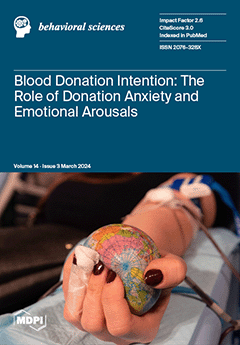Open AccessArticle
The Relationship between Executive Functions and Body Weight: Sex as a Moderating Variable
by
Ciro Rosario Ilardi, Antonietta Monda, Alessandro Iavarone, Sergio Chieffi, Maria Casillo, Antonietta Messina, Ines Villano, Giovanni Federico, Vincenzo Alfano, Marco Salvatore, Walter Sapuppo, Vincenzo Monda, Marcellino Monda, Girolamo Di Maio and Marco La Marra
Cited by 4 | Viewed by 2266
Abstract
This study explores the interplay between executive functions and body weight, examining both the influence of biological factors, specifically sex, and methodological issues, such as the choice between Body Mass Index (BMI) and waist circumference (WC) as the primary anthropometric measure. A total
[...] Read more.
This study explores the interplay between executive functions and body weight, examining both the influence of biological factors, specifically sex, and methodological issues, such as the choice between Body Mass Index (BMI) and waist circumference (WC) as the primary anthropometric measure. A total of 386 participants (222 females, mean age = 45.98 years, SD = 17.70) were enrolled, from whom sociodemographic (sex, age, years of formal education) and anthropometric (BMI and WC) data were collected. Executive functions were evaluated using the Frontal Assessment Battery–15 (FAB15). The results showed the increased effectiveness of WC over BMI in examining the relationships between executive functions, sex differences, and body weight. In particular, this study revealed that there was a significant moderating effect of sex at comparable levels of executive functioning. Specifically, women with higher executive performance had lower WCs than their male counterparts, suggesting that executive function has a greater impact on WC in women than in men. Our findings highlight the importance of conducting more in-depth investigations of the complex relationship between cognitive deficits and weight gain, considering confounding variables of behavioral, psychobiological, and neurophysiological origin.
Full article
►▼
Show Figures






